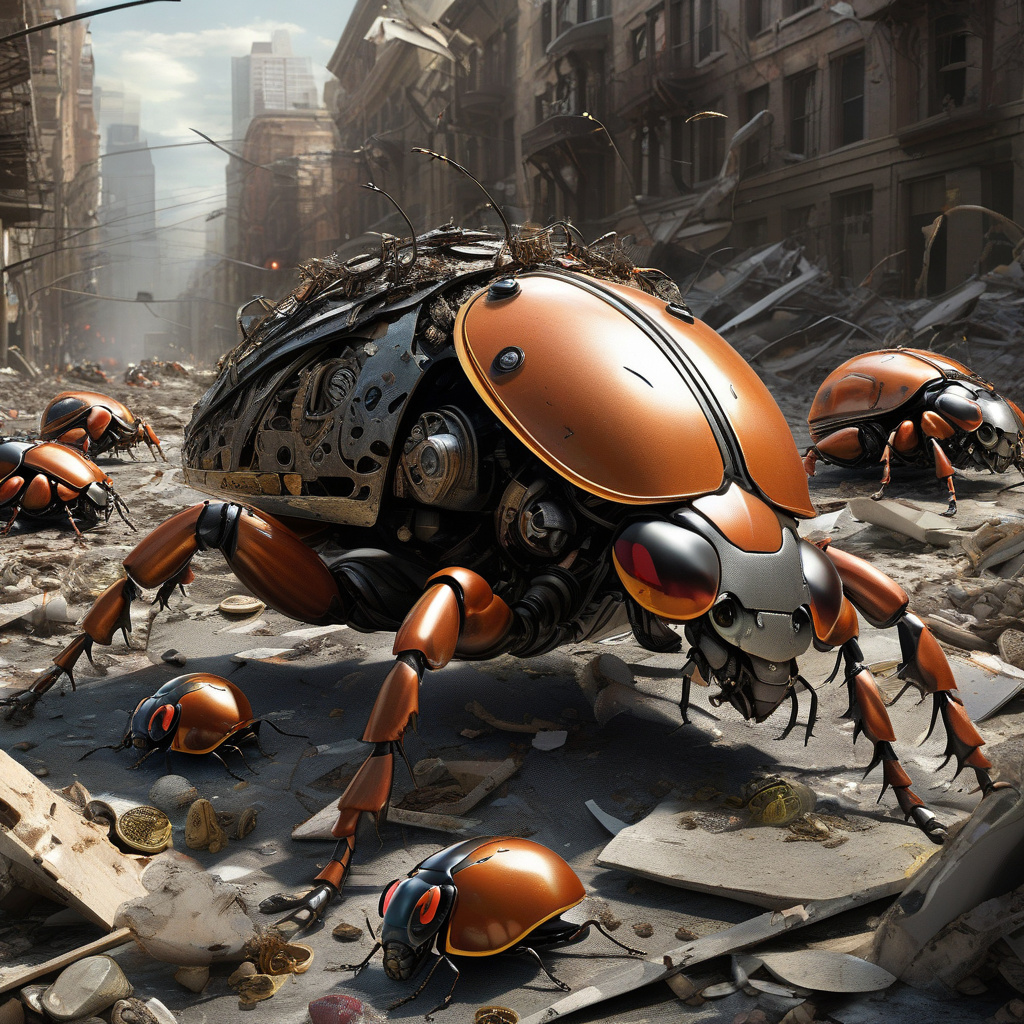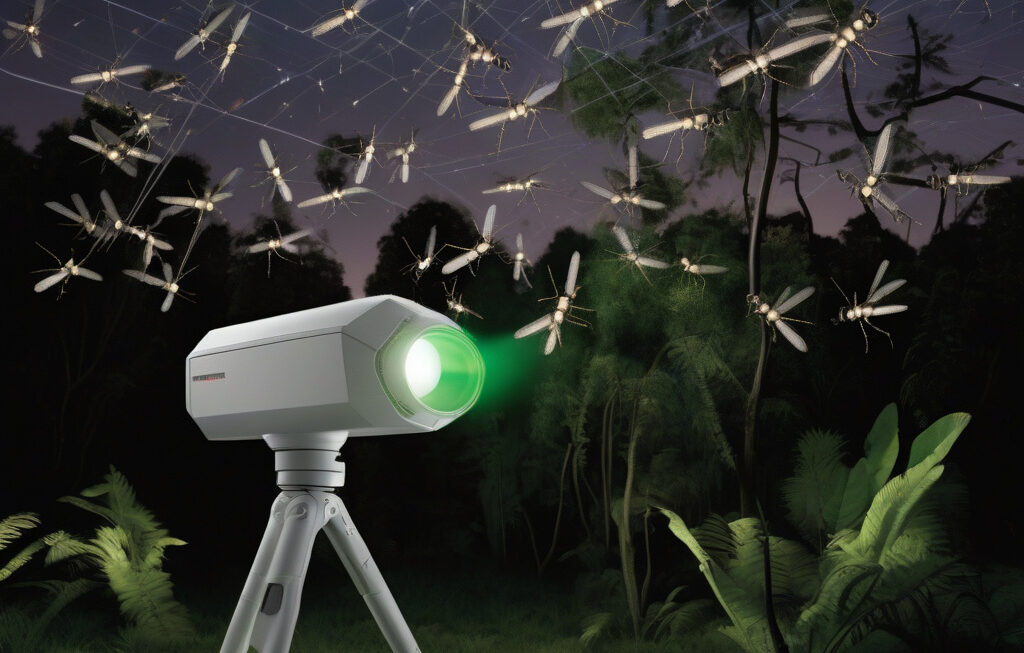Video: Backpack-Wearing Cyborg Beetles Revolutionize Search and Rescue Efforts
Common darkling beetles have been transformed into “cyborg insects” capable of aiding search and rescue teams in locating survivors in disaster-stricken areas. By harnessing the power of technology and nature, researchers have developed a groundbreaking innovation that could potentially save countless lives in the future.
These backpack-wearing cyborg beetles are equipped with tiny electronic backpacks that allow scientists to control their movements remotely. By stimulating the insects’ nervous systems, researchers can steer them in specific directions, essentially turning them into biological drones. This fusion of biology and technology opens up a world of possibilities for search and rescue missions, particularly in hard-to-reach or dangerous environments.
One of the key advantages of using cyborg beetles for search and rescue operations is their ability to navigate small crevices and tight spaces with ease. Traditional drones or robots may struggle to access areas that are inaccessible to humans, but these tiny insects can fly through narrow gaps and explore confined areas with remarkable agility. This makes them ideal for locating survivors trapped in rubble or debris following natural disasters or building collapses.
Moreover, the use of cyborg beetles is not limited to visual reconnaissance. These insects can also be equipped with various sensors to detect vital signs such as heat, carbon dioxide levels, or even specific chemical traces. This additional functionality can provide search and rescue teams with valuable information about the condition of survivors and help prioritize rescue efforts based on the data collected.
In addition to their practical applications, the development of backpack-wearing cyborg beetles raises ethical questions regarding the use of living organisms in technology. While some may express concerns about the welfare of the insects involved in these experiments, researchers emphasize that the beetles are unharmed during the process and are able to fly and behave naturally when not under remote control.
Looking ahead, the potential for integrating cyborg insects into search and rescue operations is vast. Imagine swarms of cyborg beetles working together in coordinated efforts to locate and assist survivors in disaster scenarios. This collaborative approach could significantly enhance the efficiency and effectiveness of rescue missions, ultimately saving more lives in critical situations.
As technology continues to advance, the marriage of biology and robotics opens up new possibilities for innovation in various fields. The development of backpack-wearing cyborg beetles represents a remarkable step forward in harnessing the power of nature to address real-world challenges. By leveraging the unique capabilities of living organisms, researchers are pushing the boundaries of what is possible in search and rescue operations.
In conclusion, the use of cyborg beetles in search and rescue missions marks a significant milestone in the intersection of biology and technology. With their ability to navigate complex environments and gather crucial data, these tiny insects have the potential to revolutionize the way we respond to disasters and emergencies. As we continue to explore the possibilities of bio-inspired technologies, the future of search and rescue looks increasingly promising with the help of our backpack-wearing cyborg beetle allies.
#CyborgBeetles, #SearchAndRescue, #BioInspiredTechnology, #DisasterResponse, #InnovationInRescue.












